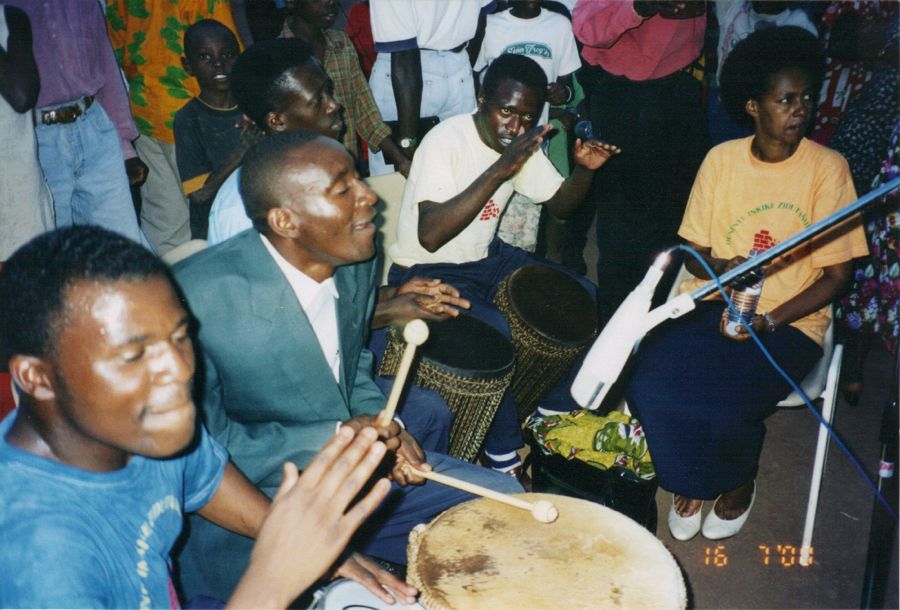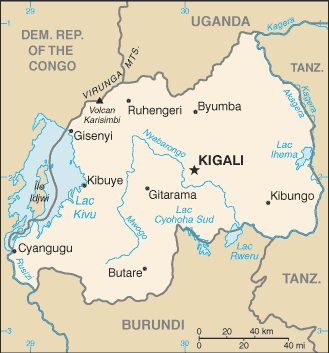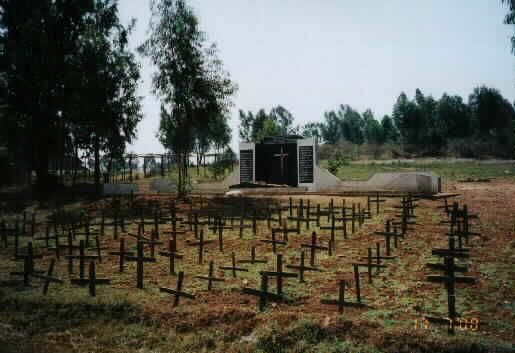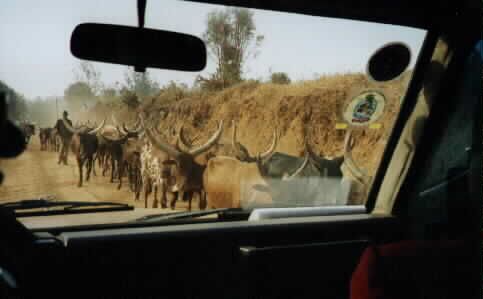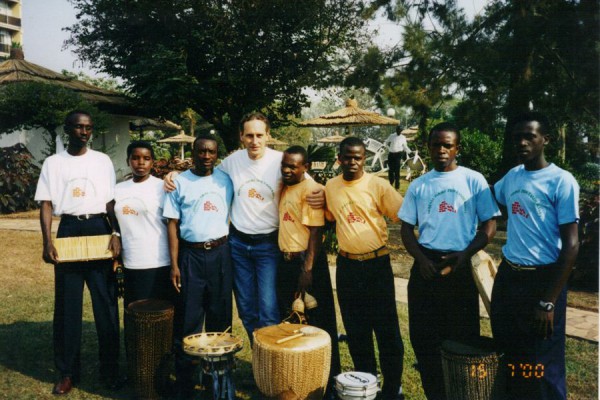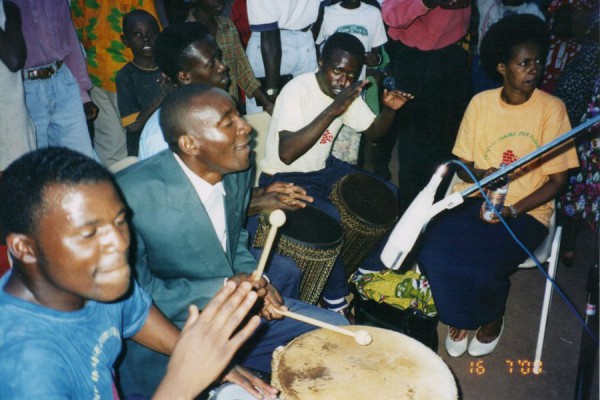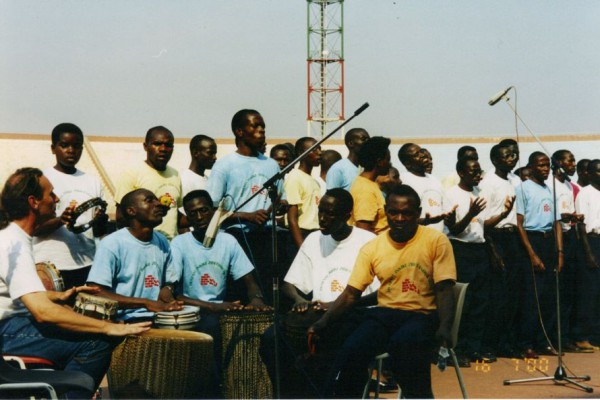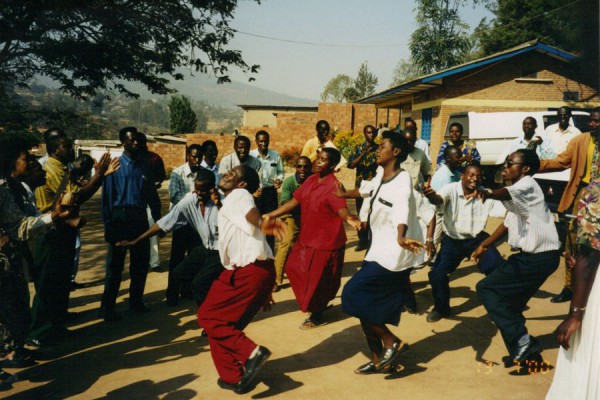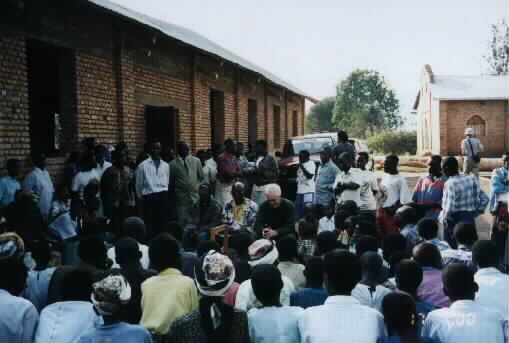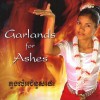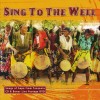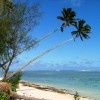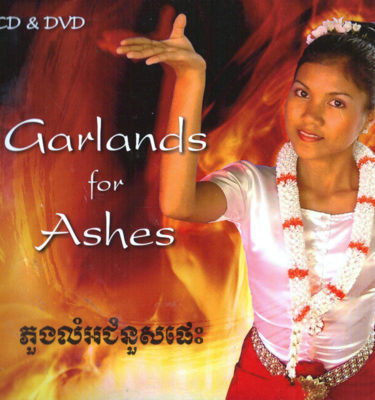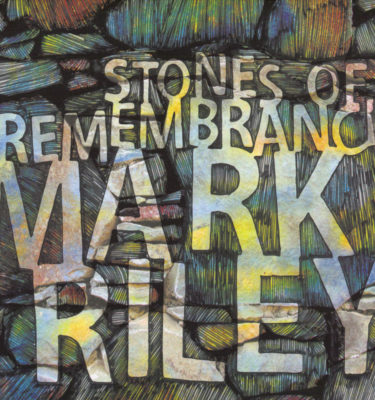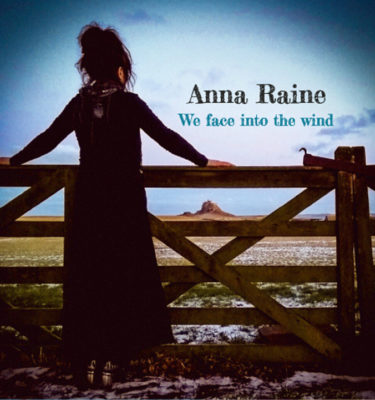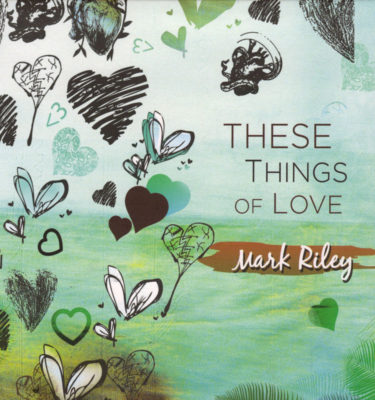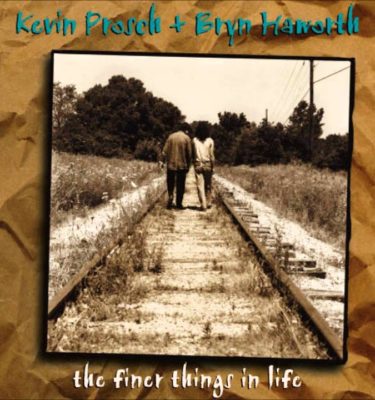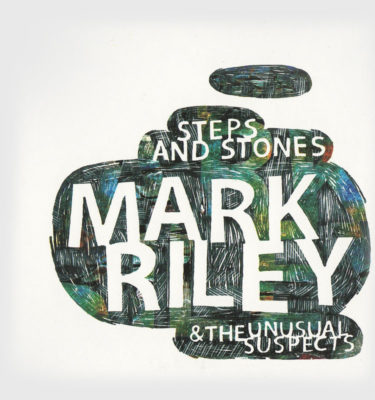- July 21, 2000
Leaving Entebbe airport in Uganda behind us, the seemingly never-ending vastness of Lake Victoria below, our destination was a small African country, Rwanda. Tucked just south of Uganda, west of Tanzania, north of Burundi and east of Zaire, this beautiful green land of a thousand hills was the scene of a devastating genocide just six years ago. Between half a million to one million people were massacred and two million became refugees at a time when this country was considered one of the most Christian in Africa, 90% of the population called themselves either Roman Catholic or Protestant.
Over the next days I was to learn a little of the people’s historical struggles feel the great sadness of the past atrocities and yet see hope for the future in a vibrant land of song and dance. In Antoine Rutayisire’s book “Faith under Fire”, he gives a brief over view of Rwanda’s chequered history. Although Rwanda has three people groups, they all have the same culture, language and live together. History dictates that the Batwa, (hunters) occupied the land first, the Hutu’s, (agriculturists) came later, the Tutsi’s came last with cattle. In a famine-controlled country, the cow became currency and gave power to the Tutsi even though they were a much smaller percentage of the population.
In the 1959 revolution, Tutsi power came to an end in a five-year war causing a problem of refugees in neighbouring countries. This led to unsuccessful attempts to come back and reprisals on the Tutsi’s within the country, culminating in the 1972-3 massacres when people were this time massacred without any external attack. On 6th April 1994 President Habayarimana of Rwanda, a Hutu, was assassinated when his plane was shot down over Kigali, the capital. This sparked off the greatest genocide Rwanda has ever known.

